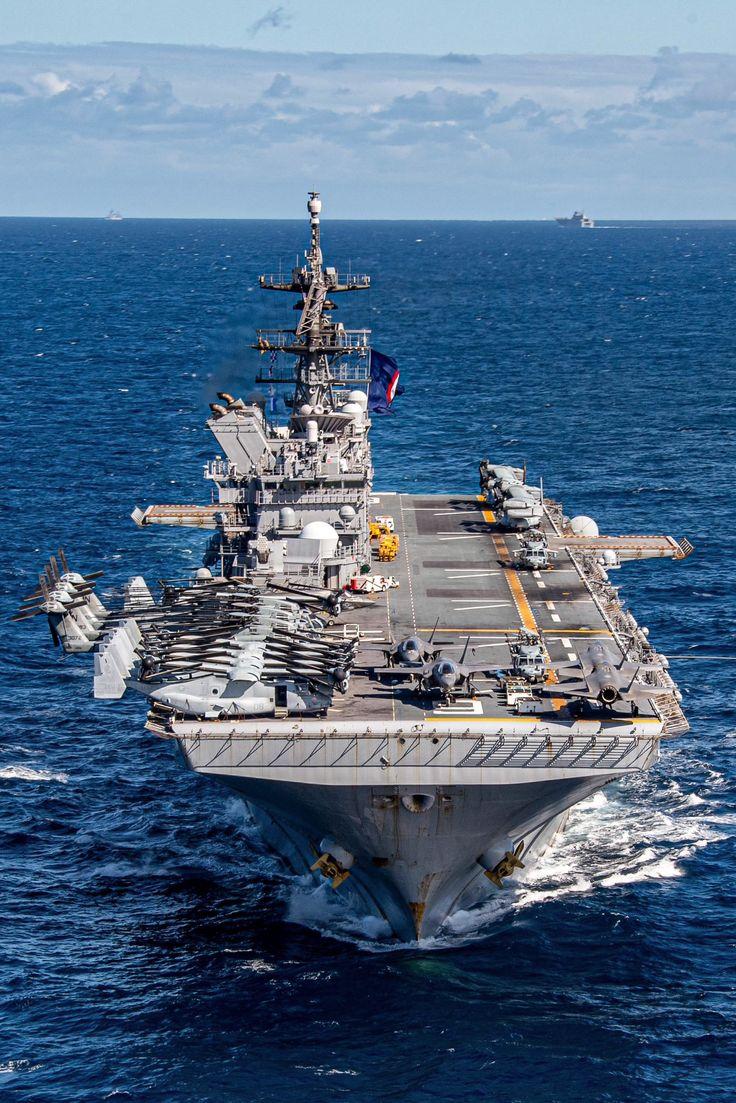As the global maritime domain evolves with accelerating technological advancements, climate challenges, and shifting geopolitical tides, navies around the world are adapting rapidly to maintain dominance, ensure national security, and contribute to global stability. The year 2025 marks a transformative period for naval forces, particularly for nations such as the US, India, China, and those within NATO alliances.
In this comprehensive breakdown, we spotlight the 10 Essential Navy Current Affairs for 2025 , covering tech innovations, strategic operations, and policy reforms that are shaping the world's maritime future.
1. Unmanned Surface and Underwater Vessels (USVs & UUVs) Take Center Stage
Autonomous technology is no longer a future concept. In 2025, the deployment of unmanned surface and underwater vehicles has surged, with navies using them for surveillance, mine detection, and intelligence gathering. The US Navy and China's PLAN are leading the charge with AI-driven fleets, signaling a shift in traditional naval warfare.
2. India's Project-75I Submarine Deal Moves Forward
India's much-anticipated Project-75I, aimed at acquiring next-generation submarines with Air Independent Propulsion (AIP) technology, is finally seeing concrete progress in 2025. The project not only strengthens India's defense posture in the Indo-Pacific but also emphasizes the push for domestic manufacturing steal under 'Make in India'.
3. AUKUS Pact and Nuclear Submarine Development
The AUKUS trilateral security pact—between Australia, the UK, and the US—continues to evolve. In 2025, major developments in Australia's plan to acquire nuclear-powered submarines are underway, representing a significant escalation in power projection in the Indo-Pacific region. This cooperation also focuses on cyber warfare and quantum technologies.
4. Climate Change and Naval Infrastructure Adaptation
Climate-induced sea-level rise is threatening naval bases globally. In 2025, countries are investing heavily in making their coastal installations resilient to natural disasters. The US Navy and the Royal Navy have both announced large-scale climate adaptation plans for critical bases in Norfolk, Diego Garcia, and Guam.
5. Digital Transformation in Naval Command and Control
Digitalization has redefined naval command capabilities. Cloud-based naval operations, satellite-linked fleets, and enhanced real-time situational awareness systems are enabling smarter decision-making. NATO forces have unveiled “Navy Cloud Command”, streamlining multi-nation operations.
6. South China Sea: Tensions and Strategic Maneuvers
2025 sees sustained tensions in the South China Sea with increased patrols, freedom of navigation exercises, and near-constant military surveillance. The Philippines and Vietnam, backed by US presence, have enhanced their naval capabilities, prompting regional deterrence against Chinese territorial expansion.
7. Artificial Intelligence in Maritime Warfare
AI is not just an enabler but a force multiplier. Navies are using AI for predictive maintenance, threat identification, and autonomous weapon targeting systems. In 2025, the US Navy launched its first AI-integrated warship, capable of decision-making support during live combat.
8. Female Leadership Surge in Global Navies
2025 is a landmark year for gender inclusivity. Multiple navies have appointed female officers to key leadership roles—from aircraft carrier commanders to strategic operations heads. The Indian Navy has recently inducted its first batch of female submariners, a move applauded worldwide.
9. Cybersecurity Threats to Maritime Assets
With increasing digital integration, cyber threats loom larger than ever. In early 2025, a cyberattack on a European naval drone fleet highlighted vulnerabilities. As a result, new frameworks for “Maritime Cyber Defense Protocols” have been adopted, focusing on zero-trust architectures and blockchain-based asset security.
10. Expanding Naval Diplomacy and Joint Exercises
Naval diplomacy remains a cornerstone of international defense relations. 2025 has seen record-breaking multilateral exercises like RIMPAC and Milan, engaging over 40 countries in simulated joint operations. These collaborations aim to strengthen interoperability and foster mutual trust among allied navies.
Final Thoughts: Navigating Toward a Secure Maritime Future
The Navy Current Affairs of 2025 reflect not just a technological revolution but also a strategic recalibration in the face of emerging threats and alliances. From AI to climate resilience, the modern navy is being reshaped to meet 21st-century challenges.
Whether you're a defense analyst, policy-maker, naval officer, or a maritime enthusiast, staying informed about these key affairs is crucial. The oceans are not just strategic corridors—they're battlegrounds for innovation, diplomacy, and dominance.

